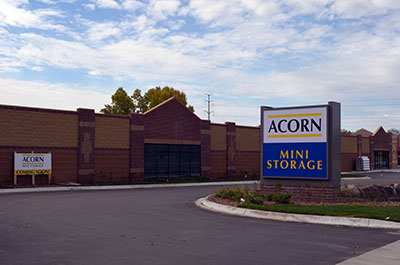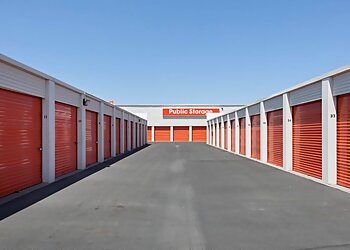
The team worked through the night to get a working Proton together to show the BBC. The machine was only at the design stage at the time, and the Acorn team, including Steve Furber and Sophie Wilson, had one week to build a working prototype from the sketched designs. Known as the Proton, it included better graphics and a faster 2 MHz MOS Technology 6502 central processing unit. The Acorn team had already been working on a successor to their existing Atom microcomputer. Accusations were even levelled at the Department of Industry for making the BBC "an arm of Government industrial policy" and using the Computer Literacy Project as a way of "funding industry through the back door", obscuring public financial support on behalf of a government that was ostensibly opposed to subsidising industry. The introduction of a specific microcomputer to a more general computer literacy initiative was a topic of controversy, however, with criticism aimed at the BBC for promoting a specific commercial product and for going beyond the "traditional BBC pattern" of promoting existing information networks of training and education providers. It developed an ambitious specification for a BBC computer, and discussed the project with several companies including Acorn Computers, Sinclair Research, Newbury Laboratories, Tangerine Computer Systems, and Dragon Data. The list of topics included programming, graphics, sound and music, teletext, controlling external hardware, and artificial intelligence.
#Acorn storage in phoenix oregon series
The BBC wanted to base its project on a microcomputer capable of performing various tasks which they could then demonstrate in the TV series The Computer Programme. The project was initiated partly in response to an ITV documentary series The Mighty Micro, in which Christopher Evans of the UK's National Physical Laboratory predicted the coming microcomputer revolution and its effect on the economy, industry, and lifestyle of the United Kingdom. History Some of the BBC Micro team in 2008ĭuring the early 1980s, the BBC started what became known as the BBC Computer Literacy Project. While nine models were eventually produced with the BBC brand, the phrase "BBC Micro" is usually used colloquially to refer to the first six (Model A, B, B+64, B+128, Master 128, and Master Compact) subsequent BBC models are considered part of Acorn's Archimedes series. Acorn later employed the machine to simulate and develop the ARM architecture. It was also successful as a home computer in the UK, despite its high cost. Renamed the BBC Micro, the system was adopted by most schools in the United Kingdom, changing Acorn's fortunes.


An accompanying 1982 television series, The Computer Programme, featuring Chris Serle learning to use the machine, was broadcast on BBC2.Īfter the Literacy Project's call for bids for a computer to accompany the TV programmes and literature, Acorn won the contract with the Proton, a successor of its Atom computer prototyped at short notice. Designed with an emphasis on education, it was notable for its ruggedness, expandability, and the quality of its operating system. The British Broadcasting Corporation Microcomputer System, or BBC Micro, is a series of microcomputers and associated peripherals designed and built by Acorn Computers in the 1980s for the BBC Computer Literacy Project. Printer parallel, RS-423 serial, user parallel, Econet (optional), 1 MHz bus, Tube second processor interface Keyboard, twin analogue joysticks with fire buttons, lightpen TMS5220 speech synthesiser with phrase ROM (optional).




 0 kommentar(er)
0 kommentar(er)
